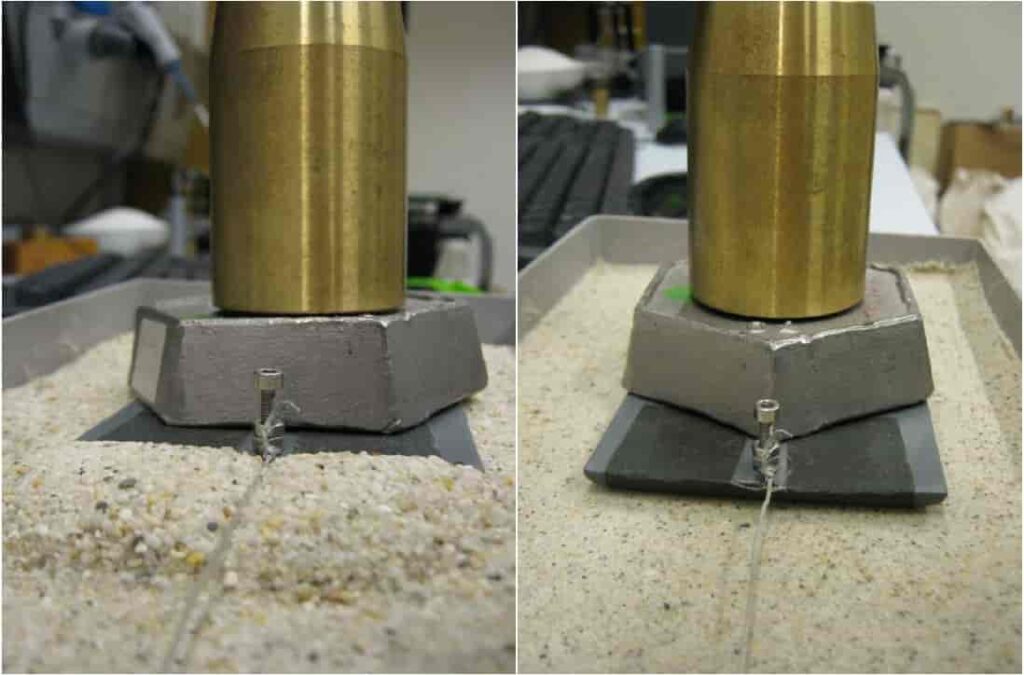According to a study, they poured small amounts of water onto the sand to make it easier for the sleds to slide.
Skilled Egyptian stonemasons carved the massive stone blocks, which were later transported up the Nile on large barges. They were then placed on sleds that hundreds of workers used to drag them to their final locations.
But how did they manage to reduce the maximum frictional force and use the fewest possible workers?
A team of physicists, led by Daniel Bonn from the University of Amsterdam, believes they have found the solution.
“We have experimentally shown that adding some, but not too much, water significantly reduces sliding friction on sand,” explain the researchers in a study published in the scientific journal Physical Review Letters.
A Revealing Wall Painting
The team of physicists not only proved their hypothesis through a simple experiment but also observed an Egyptian wall painting with particularly revealing content.
This painting dates back to 1880 BC and adorns one of the walls in the tomb of the nomarch Djehutihotep, located in the necropolis of Deir El Bersha in Middle Egypt.
In the painting, dozens of workers can be seen dragging a sled carrying a colossal statue. At the front of the sled, a figure is depicted pouring water onto the sand, presumably to facilitate the transportation of the statue.
According to the study’s authors, the Egyptians discovered that with dry sand, a mound formed in front of the sled, making it difficult to drag. However, excessive water made the sand less firm.
“More generally, the debate on frictional resistance in sand transport continues. Our results demonstrate that the presence of even small amounts of water and polydispersity can significantly alter friction and, therefore, flow behavior,” they conclude.









